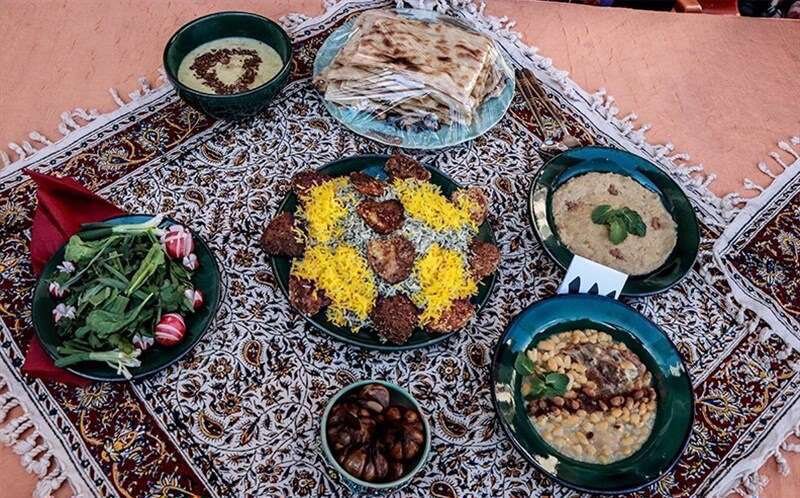Food tourism to be encouraged in northwest Iran

TEHRAN – Gastronomy tourism is planned to be developed in West Azarbaijan province, northwest Iran, the provincial tourism chief has said.
The province has a variety of foods because it has a wide mix of ethnic groups living together, Morteza Safari explained on Tuesday.
Therefore, food tourism can be developed in this area with careful planning, the official added.
Iran is the paradise of foodies. Every province and even every city of Iran has its specific delectable dishes. So, one can enjoy a wide range of foods here in Iran and Kermanshah is one of the most popular places among foodies.
The cornerstone of every Persian meal is rice or Polo. Persian cuisine is, above all, about balance — of tastes and flavors, textures and temperatures. In every meal, even on every plate, you’ll find both sweet and sour, soft and crunchy, cooked and raw, hot and cold.
No Persian meal is complete without an abundance of herbs. Every table is set with sabzi-khordan, a basket of fresh herbs, radishes, and scallions, which are eaten raw and by the handful, often tucked into a piece of fresh flatbread with a bite of feta, cucumber, or walnuts.
Experts believe that food tourism has become one of the most dynamic and creative segments of tourism and, at the same time, has naturally positioned itself as an element of diversification of tourism with a high impact on the promotion of sustainable development at the regional and local levels.
In 2020, Iran joined an online campaign launched by the UNWTO to promote gastronomy as an essential part of tourism. Iranian cuisine, usually dominated by fragrant herbs, varies from region to region. It principally accentuates freshness, deliciousness, and colorfulness.
West Azarbaijan embraces a variety of lush natural sceneries, cultural heritage sites, and museums including the UNESCO sites of Takht-e Soleyman and Qareh Klise (St. Thaddeus Monastery), Teppe Hasanlu and the ruined Bastam Citadel.
The region was home to several ancient civilizations. According to Britannica, it was conquered by Alexander the Great in the 4th century BC and was named Atropatene after one of Alexander’s generals, Atropates, who established a small kingdom there. Ultimately, the area returned to Persian (Iranian) rule under the Sasanians in the 3rd century CE.
ABU/AM
